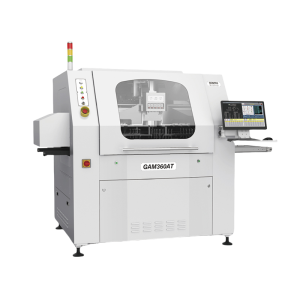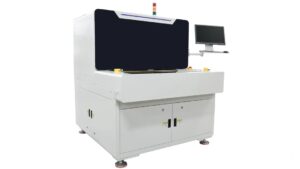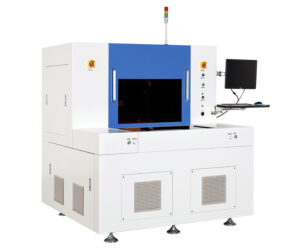This comprehensive guide explores PCB depaneling machines, with a focus on PCB router machine technology. Discover how these specialized tools revolutionize SMT manufacturing through precision cutting, automation, and efficiency optimization. Learn about key classifications, technical advantages, and selection criteria for modern PCB separation systems.
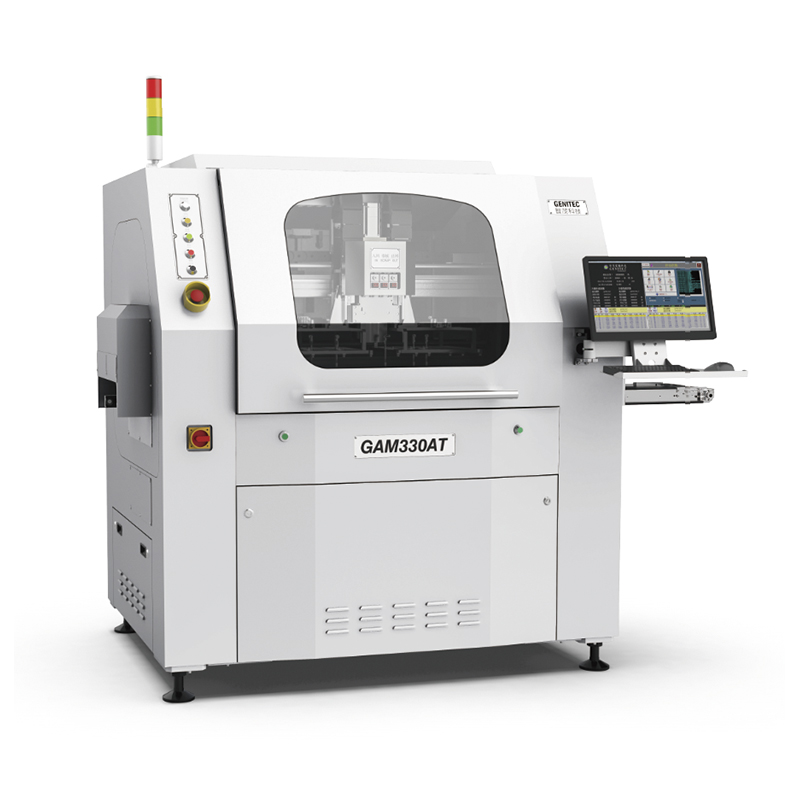
Complete Analysis of PCB Depaneling Machines: Advantages and Applications of PCB Router Machine
What is a PCB Depaneling Machine?
A PCB depaneling machine is a core equipment in SMT (Surface Mount Technology) manufacturing, designed to efficiently separate large PCBA panels into individual boards. Evolving from die-cutting machines, modern depaneling systems use pressure or precision cutting to meet electronics industry demands for accuracy and productivity.
Key Differences Between Depaneling Machines and Die Cutters
While early depaneling equipment originated from die cutters, critical distinctions now exist:
- Application Scope: Die cutters serve printing/packaging industries, while depaneling machines specialize in SMT electronics
- Technical Evolution: Depaneling systems continuously advance with electronics technology, unlike relatively fixed die-cutter structures
- Terminology Logic: Early depaneling machines could be called die cutters, but the reverse classification is invalid
Conclusion: Depaneling machines represent a specialized branch of die-cutting technology for electronics, not interchangeable terms.
Core Classification Methods
By Board Material
- PCB Depaneling Machines
- FPC (Flexible Circuit) Depaneling Machines
- LED Strip Separation Systems
By Cutting Method (Key Optimization)
- PCB router machine: CNC precision cutting for complex shapes
- Blade depaneling machines
- Laser separation systems
- Punch depaneling equipment
- Low-stress cutting machines
- Composite depaneling systems
By Performance Level
- Standard depaneling machines
- Integrated depaneling-and-tray-loading systems
Why Depaneling Machines Are Essential in Electronics Manufacturing
SMT production uses “panelized designs” – multiple boards processed as single units through printing, reflow, and inspection. Depaneling machines deliver three critical values:
- Efficient Separation: Rapid division into individual units
- Precision Assurance: Prevents component damage from manual separation
- Automation Integration: Direct connection to packaging processes
Technical Advantages of PCB Router Machine (Deep Optimization)
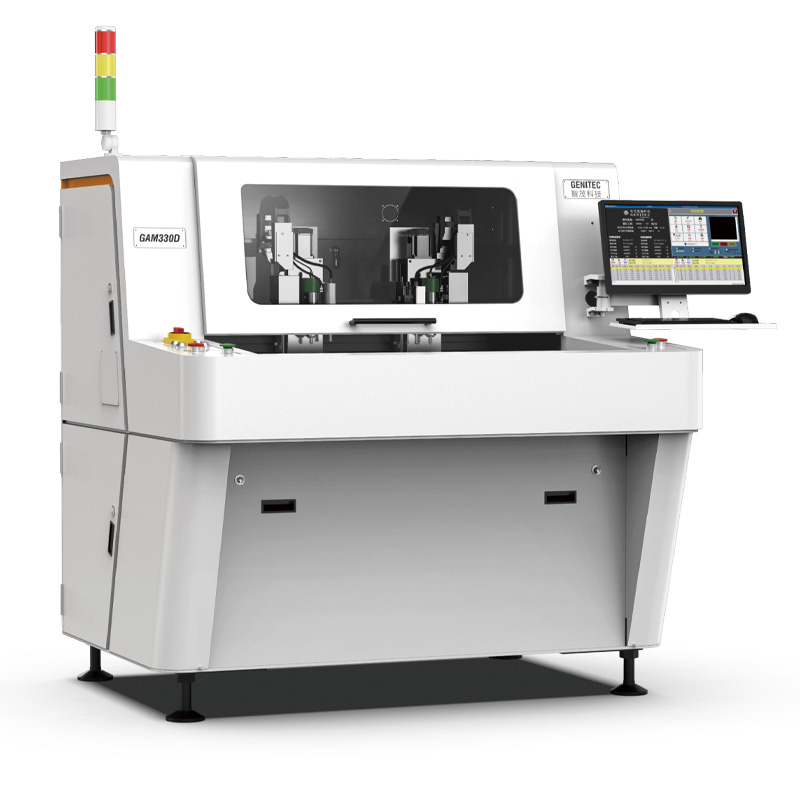
High-end models like the Seprays-GAM330 Integrated Depaneling System demonstrate key features:
- Precision Machining: ±0.02mm positioning accuracy with anti-static spindle
- Smart Control: Automatic tool changing/breakage detection/zonal cutting
- High Efficiency: Dual worktables + multi-head tray loading
- Broad Compatibility: Supports breakaway tabs/V-groove connections
- Full Automation: Automatic tray handling + product placement
Applications: Mobile phone motherboards, automotive electronics, microchips, and precision PCB separation.
Depaneling Machine Selection Guide
Consider these critical factors when choosing equipment:
- Board Characteristics: Rigid PCBs suit PCB router machine/blade systems; flexible circuits need laser separation
- Capacity Requirements: High-volume production favors integrated systems (e.g., XJ-Z911)
- Precision Needs: Ultra-thin boards/micro-components require router depaneling technology
Conclusion
As electronics miniaturization accelerates, the PCB router machine has become essential for high-density PCBA manufacturing. With minimal-stress cutting and CNC precision, these systems significantly improve yield rates and production line automation – delivering measurable ROI through professional depaneling solutions.



